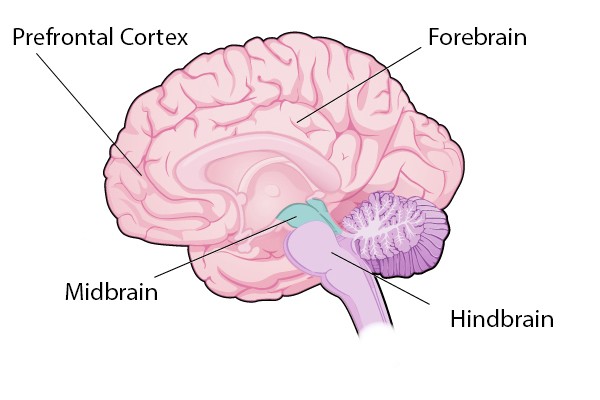Leaders who make the connection between resilience and psychological safety reap the benefits.
We just read a wonderful HBR article written by Maren Gube and Debra Subatini Hennelly and have decided to summarise below along with our unique human factors and ultra-resilience take:
Gube and Henelly (2022) highlight that as leaders, it's crucial to recognise the connection between psychological safety and resilience in today's fast-paced and ever-changing business landscape. The pandemic, geopolitical instability, and unpredictable markets have made organisational resilience critical for survival. By making resilience a strategic priority, leaders ensure that their organisations can stretch and adapt to the new normal, creating a culture of trust and integrity.
The authors highlight psychological safety as a key pillar of resilience. Psychological safety refers to the freedom in which employees can speak up, report issues, contribute ideas, and share unique perspectives without fear of retaliation or negative consequences. It is the foundation of integrity, innovation, and inclusion - three cultural dimensions that are essential for organisational resilience. A culture of integrity fosters ethical leadership and candid communication, innovation encourages fearless collaborative creativity, and inclusion promotes authentic respect and belonging.


But, creating a culture of psychological safety is easier said than done. The authors point out that our brains are wired to presume some level of threat in most environments, and employees may stay quiet in a workplace form of “freeze” unless they feel safe to speak up. This is where our more primitive parts of our brain (hind and midbrain) hijack the more rational centres (prefrontal neocortex). To overcome this, leaders need to understand how to connect these three dimensions of culture and develop leadership attributes that encourage candid communication.
This is where the discipline of human factors comes in. Human factors provides insights on how to design and manage systems, processes, and work environments that support human performance, well-being, and safety. By applying human factors principles, leaders can create an environment where employees feel comfortable raising concerns and even near misses. This leads to a more resilient and psychologically safe organisation for all employees, along with an improved set of objective data for risk monitoring.
Additionally, the concept of systems thinking can play a vital role in improving psychological safety and organisational resilience. A systems thinking approach helps leaders to understand how different elements in an organisation are interconnected and how small changes in one part of the system can have a big impact on the overall performance of the organisation. By considering the organisation as a whole system, leaders can identify latent conditions that enable errors and issues to occur, and develop effective solutions that will improve psychological safety, resilience and ultimately performance.
As leaders, it's crucial to recognise the connection between psychological safety and resilience. By making psychological safety a strategic priority, leaders can create a culture that supports employee well-being and organizational performance. The discipline of human factors, along with a systems thinking approach, can support this by providing insights on how to design and manage systems, processes and work environments that support human performance, well-being and safety. This also happens to be the foundation to Cortexia’s own proven Ultra-Resilience approach which was recently adopted by one of Australia's largest Banks.
If you're looking to improve these key factors in your organisation, consider partnering with a specialist consultancy like Cortexia. Our experts can help you build a culture of trust and safety that drives performance and results.
